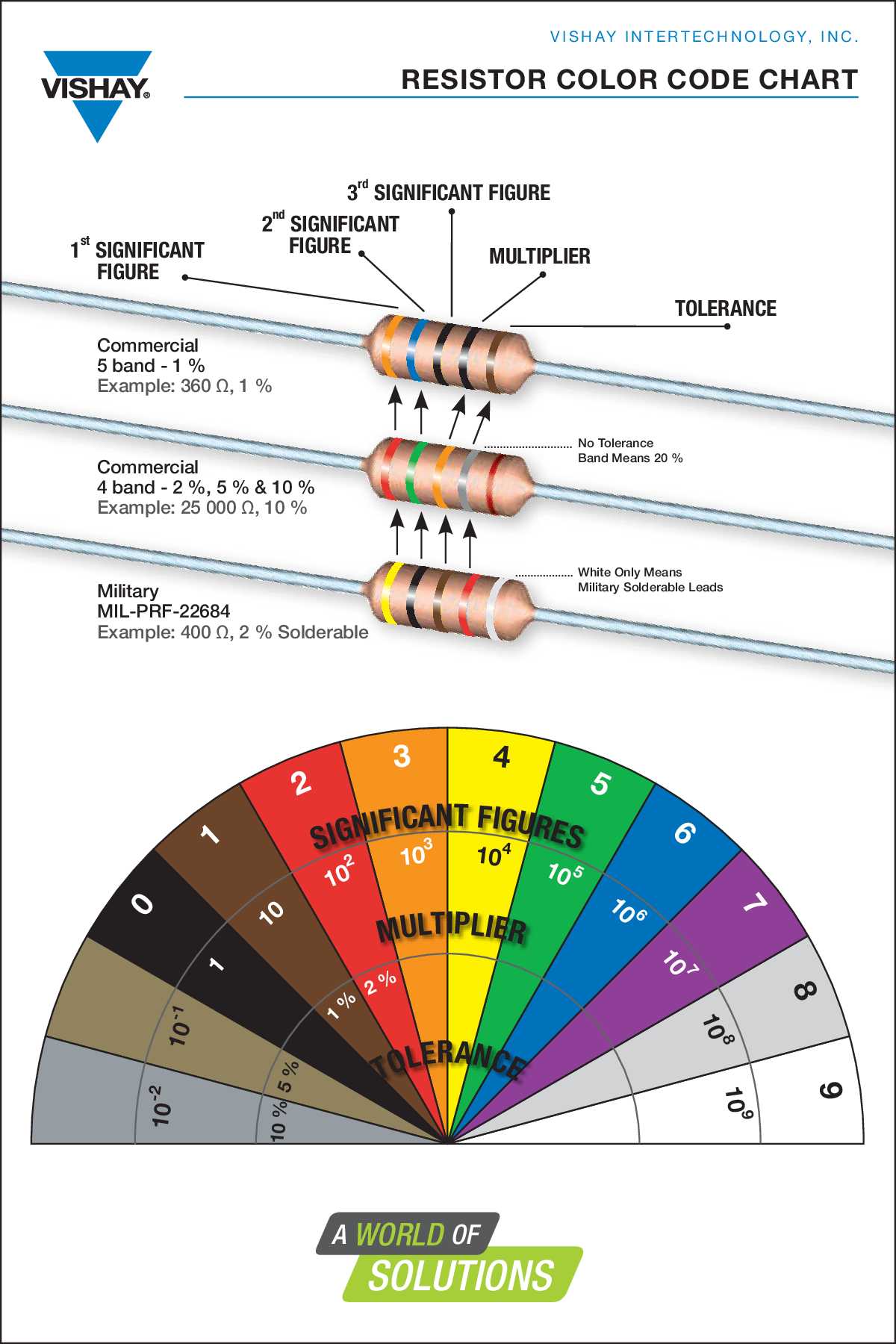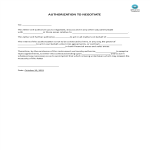Weerstandskleurcodekaart

Opslaan, invullen, afdrukken, klaar!
De beste manier om een Weerstandskleurcodekaart te maken? Check direct dit professionele Weerstandskleurcodekaart template!
Beschikbare bestandsformaten:
.pdf- Gevalideerd door een professional
- 100% aanpasbaar
- Taal: English
- Digitale download (520.59 kB)
- Na betaling ontvangt u direct de download link
- We raden aan dit bestand op uw computer te downloaden.
Zakelijk voorbeeld kleur Grafieken Weerstandstabel
How do you read a resistor color code table? Are you searching for a Resistor Color Code Chart? What does the resistor color code chart mean?
A Resistor Color Code Chart is a visual reference guide used to determine the resistance value of a resistor based on the color bands that are marked on its body. Resistors are electronic components that limit the flow of electric current in a circuit and are commonly used in electronic and electrical circuits to control or divide voltage and current.
The color bands on a resistor represent numerical values and tolerance levels. Here's how to read a resistor color code chart:
- Color Bands: Most resistors have four or five color bands that are painted or printed on their cylindrical body. These bands are typically located at one end of the resistor.
- Color Code: Each color corresponds to a specific digit or multiplier value according to an established color code standard. The most commonly used standard is the four-band resistor color code, which represents the resistance value in ohms (Ω) and tolerance.
- 1st Band (1st Digit): This band represents the first digit of the resistance value.
- 2nd Band (2nd Digit): This band represents the second digit of the resistance value.
- 3rd Band (Multiplier): This band represents a multiplier value that multiplies the first two digits to determine the overall resistance value. It indicates the number of zeros to add to the first two digits.
- 4th Band (Tolerance): This band indicates the tolerance or allowable variation in the resistance value. It is usually expressed as a percentage.
- 5th Band (Optional): Some resistors have a fifth band that indicates the temperature coefficient, which represents how the resistance value changes with temperature.
- Reading the Values: To read the resistance value of a resistor using the color code chart, follow these steps:
- Identify the color of each band.
- Match the colors to their corresponding values on the chart.
- Use the first two bands for the resistance value (the first band represents the first digit, and the second band represents the second digit).
- Multiply the two digits by the multiplier (the third band) to get the resistance in ohms.
- The tolerance band (if present) indicates the allowable tolerance in percentage.
Resistor color code charts are essential tools for electronics enthusiasts, engineers, and technicians to quickly determine the resistance values of resistors without the need for additional measurement equipment. Different standards and variations of color codes may exist, so it's important to ensure you are using the correct chart for your specific resistors.
Feel free to download this intuitive template which is available in several kinds of formats, or try any other of our basic or advanced templates, forms, or documents. Don't reinvent the wheel every time you start something new...
Download our template now and learn how to read resistor color codes. Knowing how to read a resistor color code chart is essential for anyone working with electronics. You will see completing your task has never been simpler!
DISCLAIMER
Hoewel all content met de grootste zorg is gecreërd, kan niets op deze pagina direct worden aangenomen als juridisch advies, noch is er een advocaat-client relatie van toepassing.
Laat een antwoord achter. Als u nog vragen of opmerkingen hebt, kunt u deze hieronder plaatsen.


